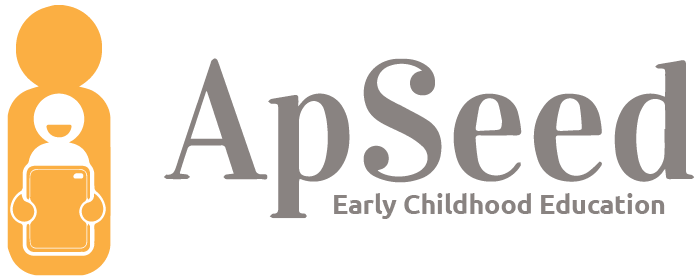ApSeed Education’s purpose is to eliminate educational poverty and we do so by providing our Seedling to at-risk children. The Seedling teaches children the cornerstones of learning, which are colors, shapes, letters, and numbers. Unfortunately, COVID-19 has the potential to create a larger educational gap between low and high socio-economic status (SES) children. The Early Catastrophe, The 30 Million Word Gap By Age 3, written by researchers Hart and Risley, is the famous study we use to showcase the educational gap between disadvantaged and more advantaged children. The study highlights low SES children hearing only 13 million words before entering Kindergarten, while high SES children hear 45 million words. The pandemic will more than likely cause a wider word gap, but ApSeed will not let that happen.
By using our Seedlings, children continue to learn, even as their daycares or Head Start remaining closed. The brightside is our Seedling touchpad requires no WiFi, therefore low SES children can learn while at home. Educators are worried how the pandemic from the previous school year effected children. According to Soland et al. (2020), children who lose the most during the summer tend to gain the most back when school begins, and at-risk children may not be grade proficient when entering their 20-2021 school year.
Data from our hubs proves the Seedling improves education amongst our target market. For instance, New York Queens Head Start reported 12 out of 15 toddlers for the 2019-2020 school year met or exceeded expectations in Language, Literacy, and Mathematics. We hope to receive positive results for the 20-2021 school year.
Testimonials and Updates:
ABC of NC
Educators have the privilege of inspiring young minds through the information we share and the passion and earnestness we bring to instruction. Educators are in a position of influence to create a tapestry of information from which children can draw in order to inform their own perspectives and actions. When social justice and anti-racism are prioritized in education, children become empowered to lead us into a more equitable future.
Fort Mill School District
In my many years of teaching children of many colors and nationalities, I have found Four-year olds to be amazingly accepting. They don’t seem to care what you look like, what you wear, or how you talk. We strive to give each child the best start to be successful in school and in life. May we all live and love like four year olds.
